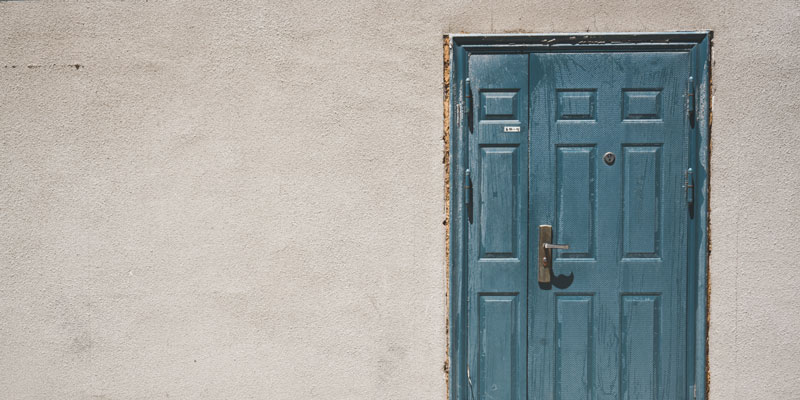Major Factors Affecting Your Home's Exterior Paint
One of the things homeowners come to terms with quickly is that the management and upkeep of a home is never-ending. There will always be something to clean, a light bulb needing to be changed, and some weekend do-it-yourself project to pursue. The most important thing you can do to ensure your home remains in top shape is to make sure you take time to inspect the exterior on a regular basis to make sure the exterior paint is properly adhered and not peeling, flaking, nor blistering. The paint on the outside of your home is not only beneficial for curb appeal, but also, it is there to protect your investment. Consider these factors when deciding if you need to paint the exterior of your home.

Weather
The elements, like high winds and rain, can serve as a death blow to wooden materials when outside and exposed for extended periods of time. Your house is subjected to all weather, all day, every day. This means it needs consistent protection from the weather. If you notice flakes, cracks, or bubbles in your paint, this could be an indication of mold, dry rot, or wet rot. This could be caused by failed or improper weatherproofing, constant exposure to the rays of the sun, extreme cold, brutal winters, or strong winds. Whatever the cause, when paint bubbles, flakes, or cracks, it needs to be addressed as soon as possible before a bigger problem arises.
Stucco
If you live in a home with a stucco exterior, you'll want to check for any cracks, deteriorating areas of stucco, or missing areas of paint every few months, and especially after every major storm. If you notice any cracks or missing paint in the stucco surfaces, you need to have those areas patched. In addition, your home needs to be repainted to protect structural integrity and to save you from having to re-stucco your home later.
Pliable Caulking
Caulking is used to keep elements like blowing debris, wind, and water out of your home by sealing and filling in the seams. Caulking is designed to contract and expand with your home. Changes in the weather, like extremely hot summers and brutally cold winters, eventually causes caulking to lose its elasticity and harden. When this happens the caulked areas of your home are at risk of being exposed, which could allow moisture to penetrate them, encouraging the growth of mold and mildew and the possibility of water making its way inside your home. If your caulking is resistant when you press down on it and you notice it is beading, you need to re-caulk those areas and secure them with a fresh coat of paint.
Homeownership can be satisfying; it is a tangible statement of accomplishment. It is probably also one of the largest investment you will ever make in a lifetime. Your home provides protection for you and your family, so make sure you protect it as well. Give your home's exterior a once-over every now and again, and protect and reinforce its paint as soon as you notice its integrity has been breached. This will help to ensure the structural integrity of your home for years to come. For more information, contact us today!
About the author
Chase DeRousse is the Vice President of Painting at Major Painting and strives to deliver quality craftsmanship coupled with superior customer service, creating a unique and pleasant experience for all Major Painting customers, no matter the size of the project. Chase also holds an active Class A General Contracting License.
Chase has won multiple accolades recognizing his leadership and excellence in the painting industry including awards from the Painting Contractor Association (PCA), Business Owners and Managers Association (BOMA), and Institute of Real Estate Management (IREM).